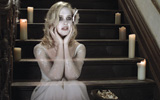
Director Dave Edwards with DP Rob Morton have produced a live action dramatic short film in 3D stereo. In spite of its title, no stage of its production has seen a dull moment. With stereo expertise and equipment hard to find in Australia, they have taken the
project from testing to completion in under a year.From Digital Media World Magazine
 |
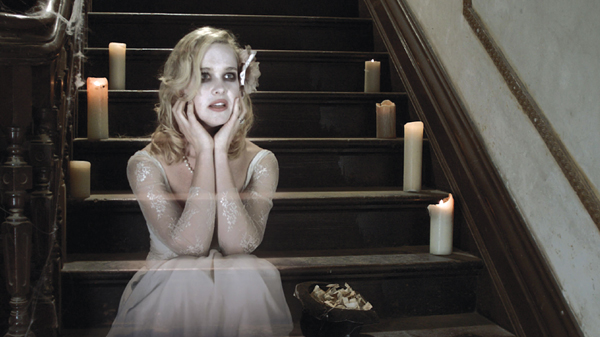 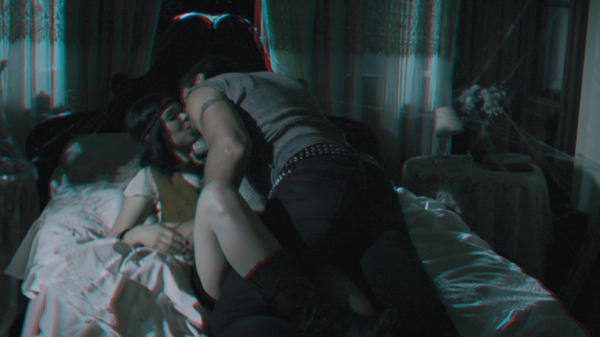 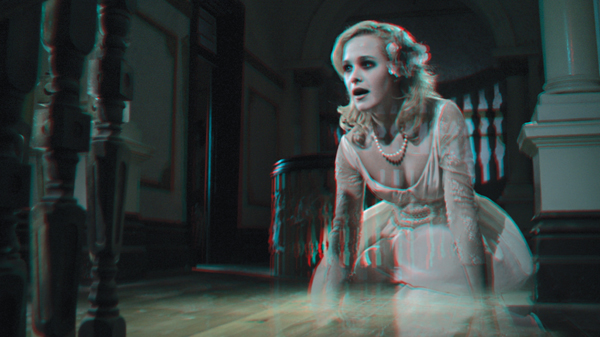 |
|
Dave is a recent graduate from AFTRS where he wrote and directed ‘Dead Boring’. AFTRS acted as producer by assisting with budget, facilities and non-3D equipment, as well as teacher support and professional mentoring. The school provided access to cameras and equipment for testing, lighting equipment and facilities such as editing, VFX and sound suites. Dave and Rob chose a 3D rig composed of two Silicon Imaging 2K cameras, available from Speedwedge at Lemac Rentals, for several reasons. A major consideration for setting up a 3D rig is weight and ease of set up. The SI 2K is very small, making the complete rig much lighter and handier for shooting than other set ups would have been, and the digital footage can run straight into a computer with the stereo software for processing. Stereo Testing They learned quite a lot about how things would work – and not work. For example, when they tested the feasibility of producing a VFX-heavy film in stereo, they investigated how well green screen shoots might work for compositing. It actually didn’t work so well, in fact, due to differences between the green the two cameras captured, which prevented pulling a clean key. Matching green screen footage to location plates would require a lot of calculations and measurements that they simply didn’t have time for. Testing demonstrated that they were best off maximising what they could capture on set, so they shot everything possible with the actors, and planned to achieve all effects in post. Testing the Rig Working out an effects pipeline and workflow that delivered the story and was possible in the available timeframe was a valuable experience. All types of planning were critical to this project. Dave began storyboarding in great detail but did have to cut back somewhat due to time constraints. However, acting as scriptwriter, director and post production artist, he knew every move off by heart anyway, and compromised by producing a set of complete, very simple boards, using them as a way to explore ideas. He actually had several alternative ideas in mind for most shots, so when one approach didn’t work out on set, he had options. On the Shoot They successfully captured all lighting in camera, but graded the basic colour to produce a clear progression within each sequence as an adjunct to storytelling. For similar reasons, as well as practicality, many shots were locked off. This helped to avoid moving the rig around too much, facilitated the effectiveness of their ‘ghost’ effect, and also helped them develop a stylistic approach to the story, which concerned themes of loneliness and feeling trapped within an environment. The stillness and look of time standing still matched this quality. Ghost Effect On set, they recorded each sequence with the actors first and then shot a clean plate after the actors had left, done in this order because props often got shifted around during shooting. The result was four image streams of the entire movie, which amounted to a lot of data. “To create the ghost effect,” Dave explained, “we brought our four image streams from the shoot into Nuke - a left and right stream for both characters and background plates. We began by loosely rotoscoping around each character on the left eye plate which allowed us to simultaneously extract the image in the right eye plate. In stereo images, the difference in image silhouette from left to right is quite marginal and we found by using a loose technique, we were able to fit the matte around the character on both eyes. In most cases, we also nudged the mattes on the right eye in order to get a more accurate match from left to right. Ramped Fade “Another major effect we implemented across most shots was a ramped fade from top to bottom which helped to make the faces more opaque and the feet transparent. This was essential as the story was driven by the drama on the characters faces and the more difficult the faces were to 'read,' the less engaging they became. However our effect allowed them to look like ghosts and still be readable. All up, these qualities served as cues that these characters were ghosts, not living people.” Colour Grade One of Dave’s chief goals in this project was exploring how stereo can be used to immerse viewers more deeply into a film, and whether 3D images could enhance the emotional content of a film. In this film, he chose to use stereo to literally put viewers into the house with the characters to make them feel trapped as well, making the walls come out around the audience. He also used colour as expression, establishing a subtle colour progression throughout the film from warm tones, to suggest complicity and good feelings between the characters, and cooler tones to indicate low points in their relationship. He manipulated the colour within the ghost effect itself to suggest mood changes in a character. Editing Workflow As 3D editing workflows have not been standardised, a testing period was also required for editing. “A major problem was using a conventional edit suite monitor for the work because 3D is fairly screen specific. After editing on one size of monitor, seeing the film projected full-screen when all complete was a radically different experience in some cases, and somewhat distorted. My response to it was also different. Some shots had a different emotional quality to what we’d achieved in the edit. Editing was completed in September, followed by VFX testing, and they had a finished copy by November 2009. “I realise now that there should be different versions made for TV, regular cinema and IMAX with different settings. I simply didn’t know at the time! We only have the one version, made for cinemascope with all setting based on the mathematics for that screen. But we’re fully aware of the issue now.” |
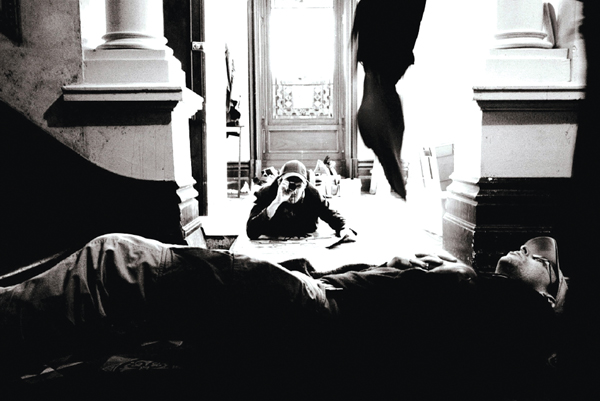 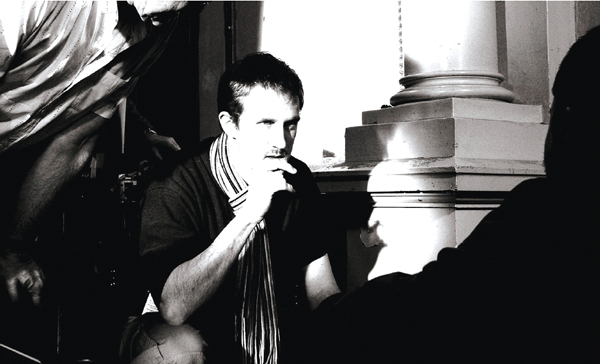 |
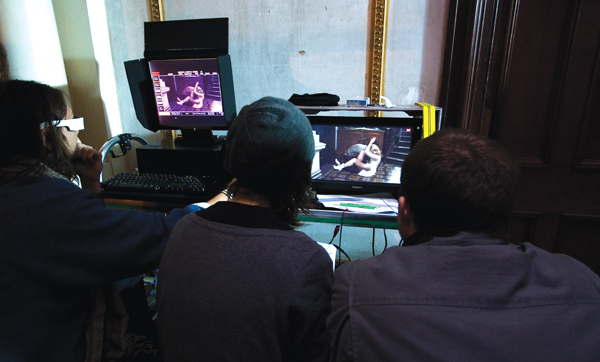 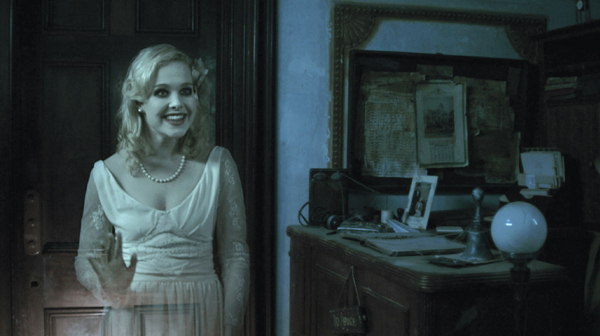 |
| Featured in Digital Media World. Subscribe to the print edition of the magazine and receive the full story with all the images delivered to you.Only$77 per year. PDF version only $27 per yearsubscribe |


















